How Fast Do Drones Fly?
Drones, also known as unmanned aerial vehicles (UAVs), have become increasingly popular in various sectors, including photography, agriculture, delivery services, and even recreational activities. One of the most frequently asked questions by both enthusiasts and professionals is, "How fast do drones fly?" The answer to this question is multifaceted, as it depends on several factors such as the type of drone, its design, purpose, and the conditions under which it is flying. In this article, we will delve into the different aspects that influence drone speed, provide a comprehensive overview of various types of drones and their typical speeds, and offer practical insights for those looking to optimize their drone's performance.
Factors Influencing Drone Speed
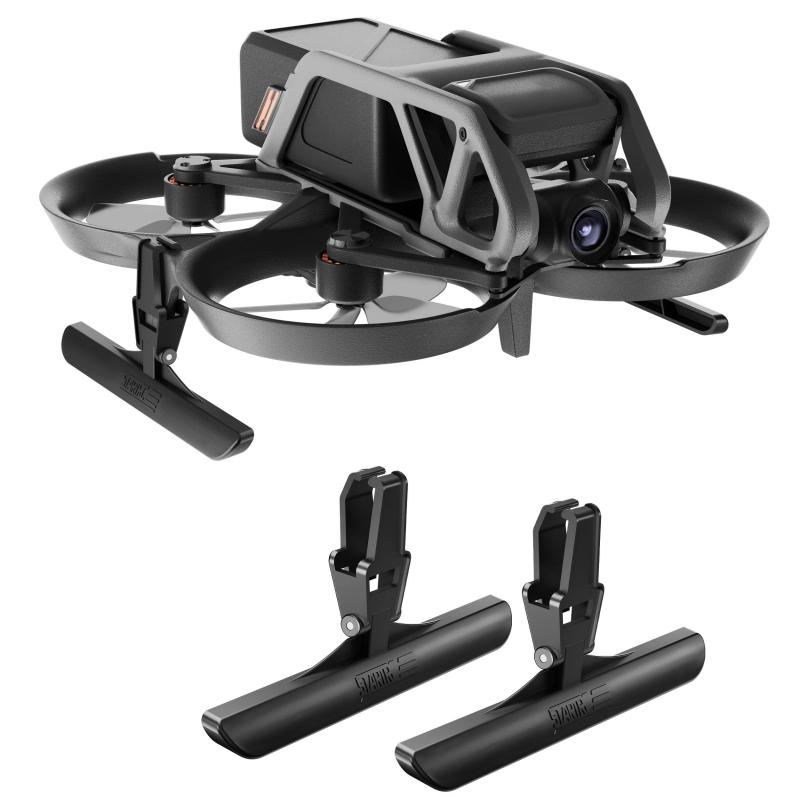
1. Type of Drone
The type of drone significantly impacts its speed. Generally, drones can be categorized into consumer drones, racing drones, commercial drones, and military drones. Each category has its own set of speed capabilities.
- Consumer Drones: These are typically used for photography, videography, and recreational purposes. They usually have a moderate speed range, often between 20 to 50 mph (32 to 80 km/h).
- Racing Drones: Built for speed and agility, racing drones can reach impressive speeds, often exceeding 70 mph (113 km/h) and sometimes even surpassing 100 mph (160 km/h) in competitive settings.
- Commercial Drones: Used for tasks such as surveying, mapping, and delivery services, these drones have variable speed ranges depending on their specific application. They generally fly between 30 to 60 mph (48 to 97 km/h).
- Military Drones: These are designed for surveillance, reconnaissance, and combat missions. Military drones can achieve speeds ranging from 50 mph (80 km/h) to over 300 mph (480 km/h), depending on their design and purpose.
2. Design and Aerodynamics
The design and aerodynamics of a drone play a crucial role in determining its speed. Factors such as the shape of the drone, the materials used, and the efficiency of its propulsion system all contribute to its overall speed capabilities. Racing drones, for example, are designed to be lightweight and aerodynamic, allowing them to achieve higher speeds.
3. Propulsion System
The type and power of the propulsion system, including the motors and propellers, directly affect a drone's speed. High-performance motors and optimized propeller designs can significantly enhance a drone's speed. Racing drones often use powerful brushless motors and high-pitch propellers to maximize their speed.
4. Battery Life and Weight
The weight of the drone and its battery life also influence its speed. A heavier drone requires more power to achieve higher speeds, which can drain the battery faster. Conversely, a lighter drone can achieve higher speeds more efficiently but may have a shorter flight time due to smaller battery capacity.
5. Environmental Conditions
External factors such as wind speed, temperature, and altitude can impact a drone's speed. Strong winds can either aid or hinder a drone's flight, while high altitudes and extreme temperatures can affect the performance of the drone's motors and battery.
Typical Speeds of Different Drones
1. Consumer Drones
Consumer drones, such as those produced by DJI, Parrot, and Yuneec, are designed for ease of use and stability rather than speed. The DJI Mavic Air 2, for example, has a top speed of around 42.5 mph (68.4 km/h) in sport mode. The Parrot Anafi can reach speeds of up to 34 mph (55 km/h), while the Yuneec Typhoon H Plus has a top speed of approximately 30 mph (48 km/h).
2. Racing Drones
Racing drones are built for speed and agility, often featuring custom-built frames and high-performance components. The DRL RacerX, a record-breaking racing drone, can reach speeds of up to 179.6 mph (289 km/h). More commonly, racing drones used in competitions like the Drone Racing League (DRL) can achieve speeds between 70 to 100 mph (113 to 160 km/h).
3. Commercial Drones
Commercial drones used for tasks such as surveying, mapping, and delivery services have variable speed ranges. The DJI Matrice 300 RTK, a popular commercial drone, has a top speed of 51.4 mph (82.8 km/h). Delivery drones, such as those used by Amazon Prime Air, are designed to balance speed with stability and safety, typically flying at speeds around 40 to 60 mph (64 to 97 km/h).
4. Military Drones
Military drones, such as the MQ-9 Reaper, are designed for a variety of missions, including surveillance and combat. The MQ-9 Reaper can reach speeds of up to 300 mph (482 km/h). Smaller tactical drones, like the RQ-11 Raven, have a top speed of around 60 mph (97 km/h).
Practical Insights for Optimizing Drone Speed
1. Choose the Right Drone for Your Needs
Selecting the appropriate drone based on your specific requirements is crucial. If speed is a priority, consider investing in a racing drone or a high-performance consumer drone. For tasks that require stability and precision, such as photography or surveying, a consumer or commercial drone with moderate speed capabilities may be more suitable.
2. Optimize the Propulsion System
Upgrading the motors and propellers can significantly enhance a drone's speed. High-performance brushless motors and optimized propeller designs can provide the necessary thrust and efficiency to achieve higher speeds.
3. Reduce Weight
Minimizing the weight of your drone can improve its speed and agility. Consider using lightweight materials for the frame and components, and opt for a battery that provides a good balance between weight and capacity.
4. Monitor Environmental Conditions
Be mindful of environmental conditions when flying your drone. Avoid flying in strong winds or extreme temperatures, as these can negatively impact your drone's performance and speed. Flying at lower altitudes can also help maintain optimal speed and stability.
5. Regular Maintenance
Regular maintenance of your drone's components, such as motors, propellers, and batteries, is essential for optimal performance. Ensure that all parts are in good working condition and replace any worn or damaged components promptly.
The speed of a drone is influenced by various factors, including its type, design, propulsion system, weight, and environmental conditions. Understanding these factors can help you choose the right drone for your needs and optimize its performance. Whether you are a recreational user, a professional photographer, or a commercial operator, knowing how fast your drone can fly and how to enhance its speed can significantly improve your overall experience and efficiency. By selecting the appropriate drone, optimizing its components, and maintaining it regularly, you can achieve the desired speed and performance for your specific applications.



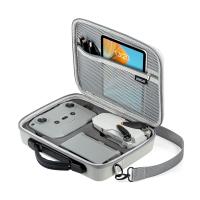

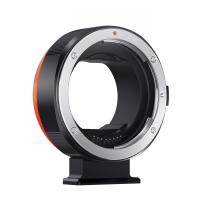
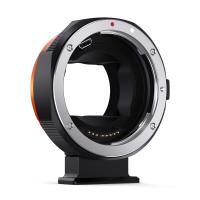
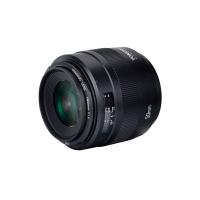
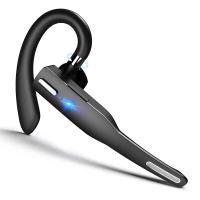
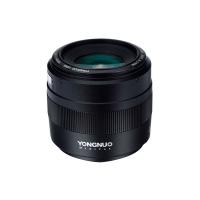




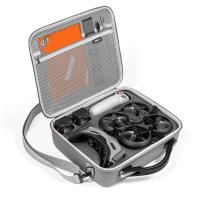
There are no comments for this blog.